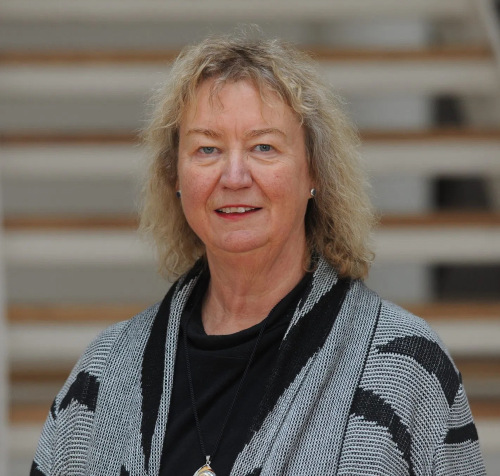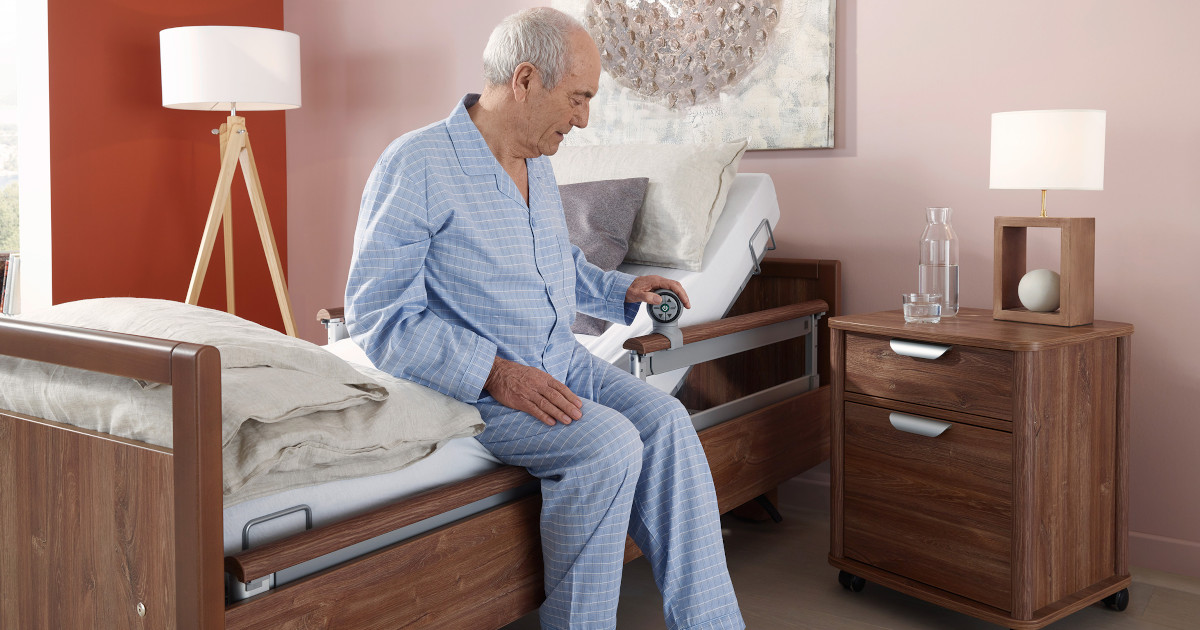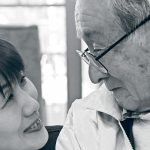Residents of old people’s homes often move too little. Many seniors are bedridden, which further limits their vitality. Yet awareness of how important exercise is has increased – especially for older people.
A recent study by the World Health Organisation (WHO) clearly shows this. For example, seniors who exercise moderately and regularly can prevent osteoporosis, frailty and falls. But self-mobilisation not only improves health, it also increases self-confidence. Five practical tips explain how care home residents can learn to move better:
- The three-step programme
Prof. Dr. Angelika Zegelin is an expert when it comes to the movement of seniors in homes. „People in need of care often no longer feel needed and react with resignation and listlessness,“ explains the nursing scientist. Professionals can counteract this by encouraging agility.

Prof. Dr. Angelika Zegelin is an expert when it comes to the movement of seniors
To motivate seniors who are hardly mobile, she has developed a three-step programme. The core of this method is to let residents take the last three steps to the goal themselves. This can be on the way to the toilet or bed, for example. Zegelin recommends this procedure for every transfer, i.e. eight to ten times a day. Of course, caregivers can help out. As soon as residents get used to the procedure, the movement implements itself. The procedure has a great effect, especially in the long run.
2. Create reasons
Movement needs reasons. These can be unconscious. Nevertheless, there is often a reason that leads to mobility. This principle also applies to seniors. If professionals want to encourage them to be more active, they need to create reasons for movement. Zegelin advises catering to personal interests. According to the expert, a variety of offers is necessary to create reasons to move.
If, for example, there are some seniors in the house who are enthusiastic about garden plants, the social institution can promote this with simple means. Zegelin also encourages the creation of „small ministries“. „Post delivery, sponsorship, festivities committee, animal care or plant responsibility“ are examples she gives. In this way, residents would be confirmed in their abilities if they were given a function. This motivates them and gives them a feeling of being used.
If there is no time or energy for such tactics, caregivers can fall back on more spontaneous motivations. If the senior needs to go to the bathroom anyway, the caregiver can increase mobility by going to the window with him or her beforehand to show something.
3. Bedside assistance
In addition to the caregiver’s involvement, there are other ways to promote mobility. The SafeLift bed control by Wissner-Bosserhoff, for example, is an example of new technologies that have recognised the importance of self-mobility. The resident can individually adjust the position of SafeLift at the bed. The technology provides a secure hold when getting up and down, as well as better orientation during the night. Caregivers are also relieved, as the ease of use means less effort is required to adjust the bed or similar.
4. Monitoring
Monitoring is about systematic access to the movement of individual residents. Professionals periodically ask themselves questions such as:
– Which residents are incapable of self-transfer?
– How has resident X’s movement changed in the past weeks?
– What can we do to promote the resident’s individual mobility?
These questions help to get an overview and to work more specifically on supposed problems. Example: If a resident is able to move more, but is unmotivated, the professional staff can work on the reasons. These questions could help in this case:
– What would attract this resident out of the room?
– What are her interests and how can we connect them with movement?
– Who can I work with to promote the resident’s mobility?
5. Communicate the problem
Caregivers often want to mobilise residents, but do not find the time to do so. Nursing expert Zegelin advises involving relatives. For example, caregivers can show the senior’s children how to help him or her out of bed. If the caregiver is concerned that the resident is listless, physiotherapy can help. With observation and monitoring, caregivers can identify problems and, with the necessary help, correct them.


